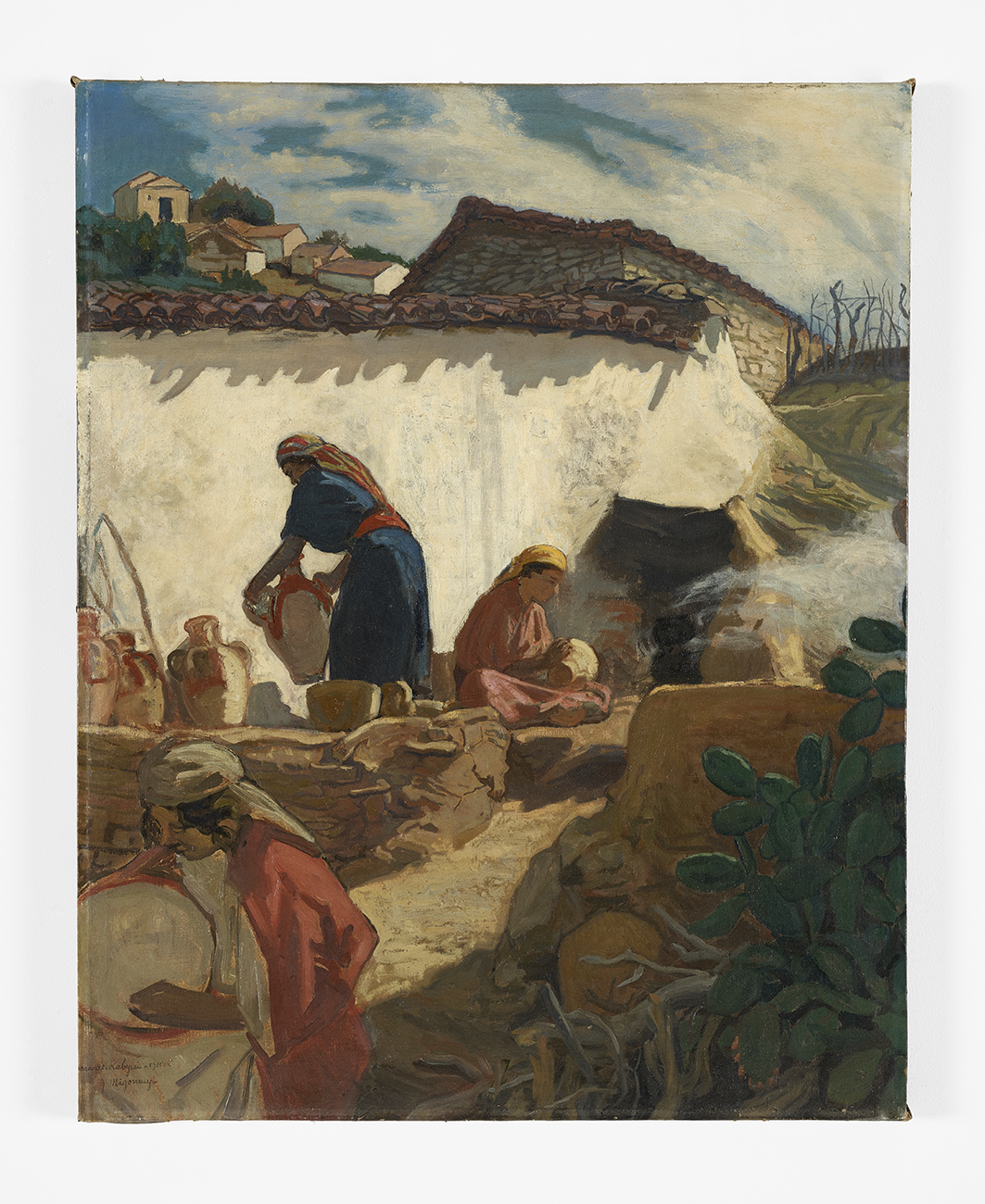Mediterranean
Chapter 1: Inventions and representations
Mucem, J4—
Niveau 2
|
From Wednesday 5 June 2024 to Thursday 31 December 2026
With the participation of Théo Mercier, visual artist.
Mucem is the only social museum whose scientific project is entirely devoted to the cultures of the Mediterranean, so to mark its 10th anniversary, it is inviting us to discover the wealth of its European and Mediterranean collections through a new permanent exhibition. From Greco-Latin antiquity to the present day, via the colonial period, this exhibition immerses us in the history of the plural and fantasised 'Mediterraneas'.
There are endless ways of imagining the Mediterranean, and not all of them can be presented in a single exhibition. "Méditerranées" looks at the way in which these imaginations have been formed and disseminated, and particularly at the role of museums, discovering how art history and ethnology have helped to create these "images" of the Mediterranean, all relative and all constructed.
In fine art museums, it is the civilisations of the past, particularly those of antiquity, that are the first to be showcased, building a dream Mediterranean inspired by Homer's Odyssey, Greek temples and tales of Rome and Palmyra.
Museums of ethnography, which sprung up during the colonial period, took an interest in societies that were geographically or culturally "remote". The sincerity of the scientific and human interest in the Other rubs shoulders with the interests and undertakings of the colonial powers.
The distinction between museums of fine art and museums of ethnography has created boundaries between the objects they conserve and the disciplines that study them. Today, the Mucem wants to go beyond these boundaries and highlight the parallels and mutual influences that exist between these two types of museum. In line with this idea, "Méditerranées" combines different historical museographic models, from the dense display of fine art museums in the late eighteenth and nineteenth centuries, to the different forms of presentation used throughout history by museums of ethnography.
The exhibition features almost 300 objects, half of which are from the Mucem collections. Several works of contemporary art punctuate the itinerary, evoking environmental, geopolitical, and migratory issues.
Within the framework of the exhibition, the artist Théo Mercier has been invited to create new installations.
Deposits come from twenty partner institutions: musée du Quai Branly, musée d'Orsay, musée du Louvre, bibliothèque nationale de France, médiathèque du patrimoine, Ecole des Beaux-Arts de Paris, musée château de Versailles, conseil général de Seine-Saint-Denis, musée d'archéologie nationale, musée des Beaux-Arts de Marseille, musée des Beaux-Arts de Bordeaux, musée des Beaux-Arts de Valenciennes, musée des Beaux-Arts d'Angers, musée des Beaux-Arts de Laval, musée Denys-Puech de Rodez, musée d'Art et d'Histoire de l'Isle-Adam, Université de Lyon, bibliothèque de Genève, musée Bénaki d'Athènes.
General Curators:
Marie-Charlotte Calafat, Head Curator of Heritage, Head of the Collections and Documentary Resources Department at Mucem
Curators:
Justine Bohbote, Raphaël Bories, Camille Faucourt, Enguerrand Lascols, Hélia Paukner, curators at Mucem
Set designer: Pascal Rodriguez
Graphic designer: Nicolas Journé, CL Design
